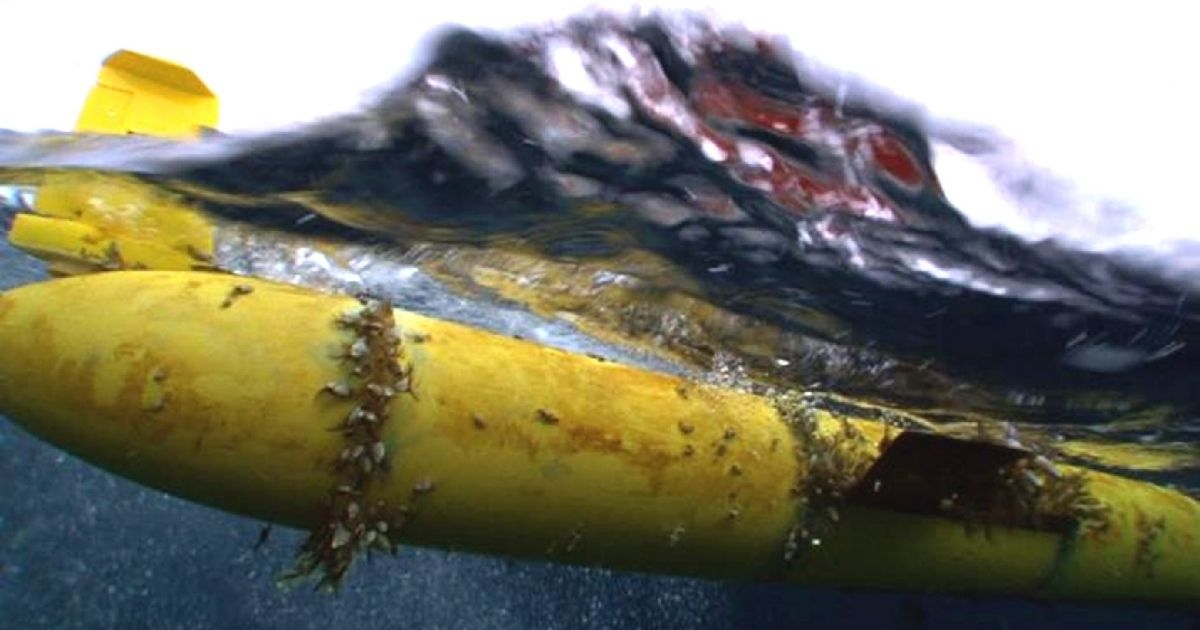ASL Environmental Sciences Presents ClearSignal Antifoulant Coating

Biofouling in marine environments is one of the primary limiting factors that will determine the deployment duration of platforms and instrumentation and dictate the service schedule that is required.
ClearSignal, manufactured by Severn Marine Technologies, is a clear, non-toxic coating, that resists biofouling. The product acts as a durable, permanent, foul-release coating that is designed to last the life of the equipment it is protecting. Its effectiveness is a result of the non-stick properties of the materials in the proprietary coating. Unlike traditional antifouling systems which rely on active biocides and whose effectiveness degrades with time, ClearSignal retains its effectiveness over time.
For over a decade, Severn has installed the ClearSignal coating on platforms and instruments deployed around the world from a large number of leading marine product manufacturers. ASL has used this product to coat several of their Acoustic Zooplankton and Fish Profiler (AZFPs) instruments on behalf of customers who anticipate deployment in waters known for significant biofouling. ASL have also been using ClearSignal for ten years of continued deployment on Teledyne RDI Horizontal ADCPs with great success in a challenging biofouling environment.
Through thorough testing, ASL and other manufacturers of underwater acoustic instruments have found that the ClearSignal coating does not significantly affect the signal strength of the device. Furthermore, the coating acts to protect the transducers from damage due to biofouling and extends the lifespan of the instrument. The use of antifoulants can increase deployment times and reduce the required frequency of service due to biofouling. It will also greatly reduce the effort and downtime that is required to clean the equipment and return it to service.
For more information, visit ASL Environmental Sciences

